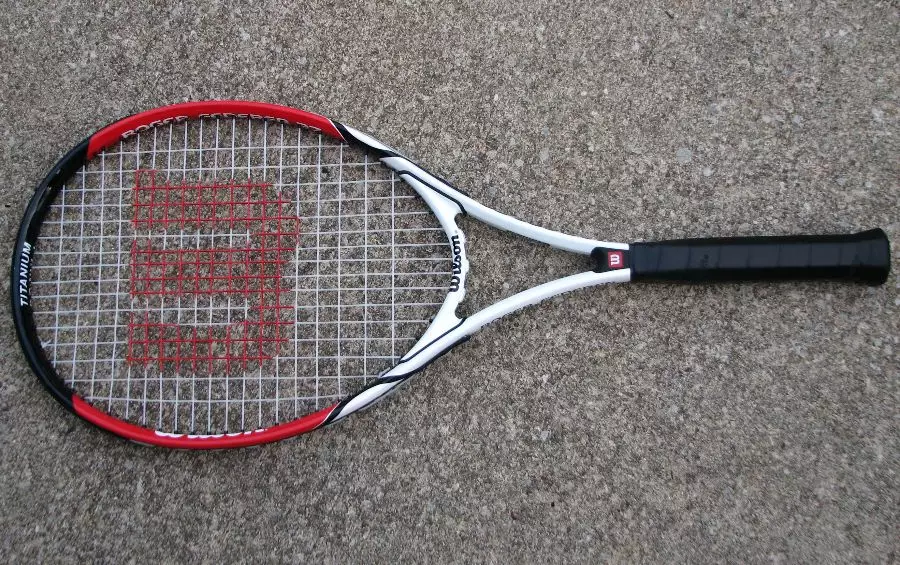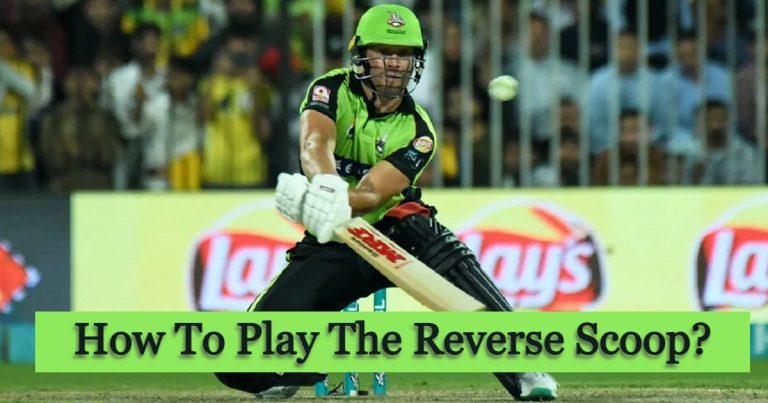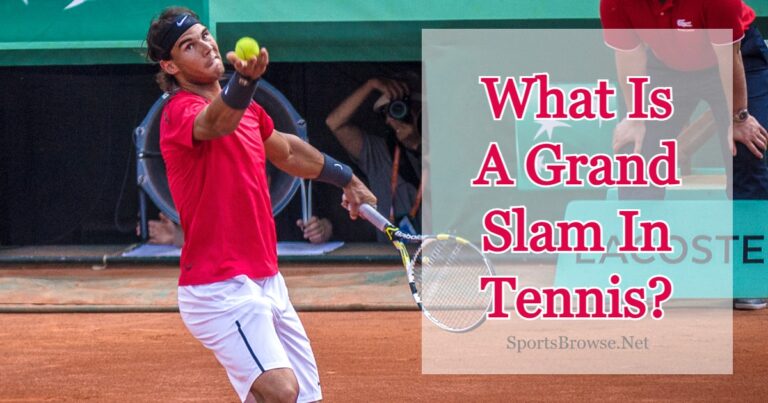How To Choose A Tennis Racket? Expert’s Advice & Tips
Tennis, one of the toughest sports, requires precision, control, and skill. Choosing the right tennis racket can make a big difference in your gameplay, so it’s important to consider a few key factors before making your purchase. And here goes a detailed guide on how to choose a good racket in tennis.
Tennis rackets come in different head sizes, weight, head balance, and beam width. Besides, the string and its tension also play a crucial role in the performance of any tennis racket. How you grip your racket and what grip style you are using can also impact your game.
So now, let’s have a look at the selection procedure for a tennis racket and how that can affect your overall performance. Without any further ado, let’s start!
Different Head Sizes Of Tennis Rackets
The head size of a tennis racket refers to the size of the hitting area on the racket. Generally, larger head sizes provide more power and a larger sweet spot, while smaller head sizes provide more control and precision. And by selecting the right head size, you can improve your game of tennis.
There are three main head size categories: oversize, midsize, and standard. Oversize rackets have a head size of more than 105 square inches, and midsize rackets have a head size of 85 to 105 square inches.
On the other hand, standard rackets have a head size of less than 85 square inches. Although there is no clear guideline by International Tennis Federation on selecting the head size, pro players stick to certain sizes for their needs.
You May Like: Why Do Tennis Players Grunt?
Different Weight Classes In Tennis Rackets
The weight of a tennis racket can also affect your gameplay. A heavier racket can provide more power and stability, while a lighter racket can provide more maneuverability and control.
Tennis rackets are generally categorized by weight: lightweight (less than 10.5 ounces), medium weight (10.6 to 11.9 ounces), and heavyweight (12 ounces or more).
Depending on the weight and head weight of your tennis racket, you can execute different types of shots in tennis with more power and control.
Various Balances In Tennis Rackets
The balance of a tennis racket refers to the distribution of weight throughout the racket. There are three main types of balance: head-heavy, even balance, and head-light.
Head-heavy rackets have more weight in the head, which can provide more power, while head-light rackets have more weight in the handle, which can provide more control.
Even balance rackets have a more balanced weight distribution and are suitable for players who want a combination of power and control. There are different types of tennis surfaces, and depending on the surface, you can choose the right balance to generate more power and control.
Different Grip Size
The grip size of a tennis racket is the circumference of the handle. It’s important to choose a grip size that feels comfortable in your hand and provides a secure grip.
There are six main grip sizes: 4, 4 1/8, 4 1/4, 4 3/8, 4 1/2, and 4 5/8. The most common grip size for adults is 4 3/8.
Bonus: How To Hold A Tennis Racket? Techniques And Improvement Tips
How To Choose A Tennis Racket According To Size, Weight, And Balance?
Here’s a table showing some common tennis racket sizes and weights and how they might affect your gameplay:
| Head Size (sq in) | Weight (oz) | Features |
| 85-90 | 10.5-12.5 | Small head size, low power, high control, best for advanced players with strong swings |
| 95-98 | 11-12 | Mid-sized head, balanced power, and control, good for intermediate to advanced players |
| 100-105 | 9.5-11.5 | Larger head size, more power, and forgiveness, good for beginners and intermediate players |
| 107+ | 8.5-10.5 | Extra-large head, maximum power, and forgiveness, best for beginners and players with slower swings |
Note that these are just general guidelines, and the best racket for you will depend on your individual needs and playing style.
It’s always a good idea to test out a few different rackets before making a purchase to find the one that feels most comfortable and suits your game the best. And if you can find your ideal racket, it will not even be tough to execute an ace in tennis.
Difference Between Strung And Frame-Only Rackets
Tennis rackets can either be strung or frame-only. Strung rackets come with strings already attached to the racket, while frame-only rackets do not.
Strung rackets are ready to use right out of the box, but the strings may need to be replaced more frequently. Frame-only rackets allow players to choose their own strings, but they require more setup time and may be more expensive overall.

Pro Players and Their Rackets
Greatest tennis players, both in men’s and women’s tournaments, stick to their particular tennis racket to ensure consistency in their performance. And here goes the different rackets pro players are now using.
| Player Name | Racket | Weight | Head Size | Balance | Grip Size | String Tension |
| Men | ||||||
| Novak Djokovic | HEAD Graphene 360+ Speed Pro | 12.5 oz | 100 sq in | Even | 4 3/8 | 55-65 lbs |
| Rafael Nadal | Babolat Pure Aero | 11.9 oz | 100 sq in | Head-light | 4 3/8 | 50-59 lbs |
| Roger Federer | Wilson Pro Staff RF97 | 12.6 oz | 97 sq in | Head-heavy | 4 3/8 | 48-58 lbs |
| Dominic Thiem | Babolat Pure Strike | 11.3 oz | 98 sq in | Even | 4 3/8 | 48-57 lbs |
| Daniil Medvedev | Tecnifibre TF40 305 | 11.7 oz | 98 sq in | Even | 4 3/8 | 48-58 lbs |
| Women | ||||||
| Serena Williams | Wilson Blade SW104 Autograph | 11.9 oz | 104 sq in | Head-heavy | 4 1/4 | 50-60 lbs |
| Naomi Osaka | Yonex EZONE 100 | 10.8 oz | 100 sq in | Even | 4 3/8 | 45-60 lbs |
| Ashleigh Barty | Head Graphene 360+ Speed MP | 11.1 oz | 100 sq in | Head-light | 4 1/4 | 44-57 lbs |
| Bianca Andreescu | Head Gravity MP | 11 oz | 100 sq in | Head-light | 4 1/4 | 45-55 lbs |
| Simona Halep | Wilson Blade 98 | 11.2 oz | 98 sq in | Even | 4 1/4 | 48-58 lbs |
Read More: How To Serve In Tennis? Different Serving Styles And Techniques
Key Takeaways
Choosing the right tennis racket can greatly improve your gameplay, and it’s important to consider several key factors before making your purchase. Head size, weight, balance, grip size, and strung vs. frame-only rackets can all have an impact on your performance.
You can also ask your coach or consult your tennis academy to get an idea about the perfect racket for you. So, that’s all we need to tell you. Feel free to drop your questions in the comment box below.







